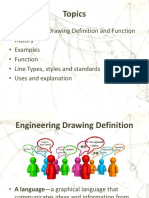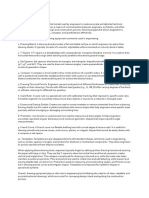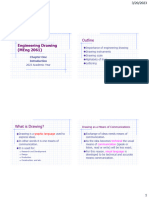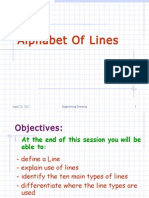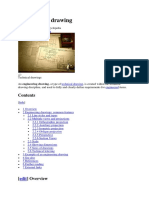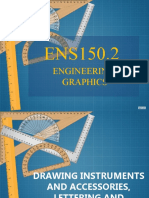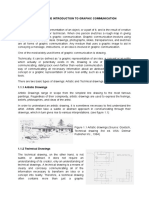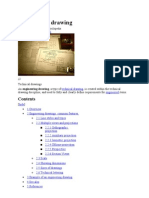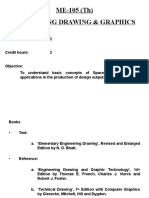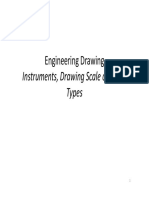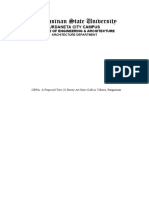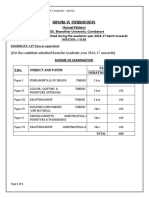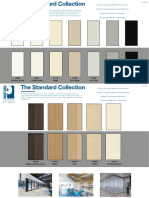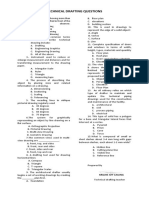0% found this document useful (0 votes)
41 views34 pagesLecture 1 (Introduction)
The document discusses technical drawings and engineering drawings, their purpose and functions. It describes the basic components of drawings including lines, scales, dimensions and instruments used to create drawings. Specific drawing techniques and conventions are explained.
Uploaded by
amiramir67656Copyright
© © All Rights Reserved
We take content rights seriously. If you suspect this is your content, claim it here.
Available Formats
Download as PDF, TXT or read online on Scribd
0% found this document useful (0 votes)
41 views34 pagesLecture 1 (Introduction)
The document discusses technical drawings and engineering drawings, their purpose and functions. It describes the basic components of drawings including lines, scales, dimensions and instruments used to create drawings. Specific drawing techniques and conventions are explained.
Uploaded by
amiramir67656Copyright
© © All Rights Reserved
We take content rights seriously. If you suspect this is your content, claim it here.
Available Formats
Download as PDF, TXT or read online on Scribd
/ 34
